The Mario Zeniths and Pachi-Slot Nadirs of Chronogaming
By Mento 1 Comments
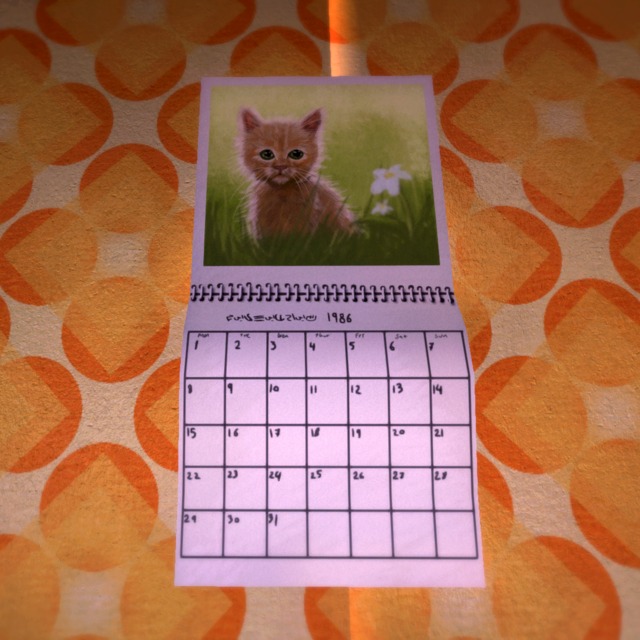
Chronogaming has become an established format for academically disseminating and discussing a console's library or a specific genre game-by-game in the chronological order of their release, the idea being that you only truly get a full picture of a system's narrative across its lifespan, and how and why certain trends emerged and went defunct in turn, by being privy to its every step and misstep alike. In a sense, it's nothing less than a biography of that system/genre, moving through its nascent experiments to the smattering of dreck and occasional labors of love it saw in its twilight years as the rest of the industry moved on to pastures new. Such a series tends to be in turns extremely in-depth, very particular and intensely esoteric - exploring in detail every single game release for that console or from that genre in as close to a chronological order as is possible with vague release data and, often, very vague and mostly forgotten development specifics about the games themselves. It also means that, while a chronogamer is afforded the opportunity to celebrate beloved classics and forgotten gems, they just as frequently - if not more often - have to stare intently at the abyss with the worst those systems and genres had to offer: the uninspired, the incompetent and the woefully misguided.
With this series we're going to look at a few chronogaming projects occurring across the internet, as well as a brief look at my own less-exhaustive dabblings with this format, and determine what these projects have taught us so far about the histories of the consoles, the games and the genres they pertain to.
Chrontendo
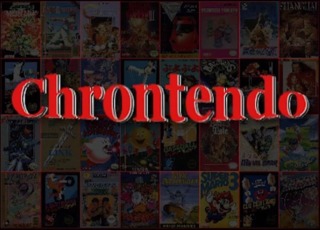
Created by Dr. Sparkle Chrontendo has been trucking along in its mission to demonstrate and elucidate all 1300+ games released for the Nintendo Entertainment System: a vitally important platform in the history of console gaming. His video series, which began in 2007 with the 1983 launch of the Nintendo Famicom in Japan, has just recently released its 49th episode, which covers games released on September and October of 1989. Despite this, he is not even halfway through the system's full library, such is the amount of research and video production work that goes into each video and the extent of the project.
Dr. Sparkle's approach is to take anywhere from 10-20 NES games per video, though he usually sets his sights on fifteen, and dig up as much information he can about how each game came to be while also presenting his own playthrough and discussing its mechanics and its relative level quality compared to that of its peers. If the game is another generic shoot 'em up without the finesse of an R-Type or Gradius, he'll let you know. That is, if the video footage isn't clear enough. With this, you not only get a history lesson - and perhaps a few extrinsic snippets regarding whatever properties may have been licensed for the game, should it be an obscure anime from the 1980s or a short-lived musical act - but also an abridged Let's Play which shows off as much of the game as Dr. Sparkle is willing to play. Segments can range from a few minutes, usually generic sports games or those that are too heavily Japanese text-based for the non-fluent Doctor to navigate, to half-hour exhaustive examinations. In addition, several videos also contain bonus segments concerning the Arcade and computer gaming landscape around the same time, in order to better convey what the industry trends of the period were focused on.
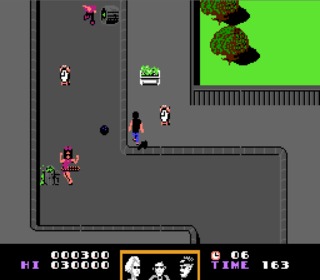
Dr. Sparkle's commentary is analytical and calm, a far cry from the heightened emotions of the usual YouTube LP crowd. His approach therefore feels more appropriate for the kind of documentary that Chrontendo is, albeit an often informal one. He cannot resist the occasional (if measured) rant whenever a game disappoints or when one of his less-liked developers - such as the apathetic contractors TOSE or Micronics, or the notorious American movie license game publisher LJN - is involved, for instance. Likewise, you can sense the irritation in his voice whenever he must once again cover a game that doesn't lend itself well to interesting observations: cookie-cutter baseball and golf games are commonly a source of this, so often do they stick to established standards for the genre format and offer little in the way of character or charm.
Doctor Sparkle also has two other concurrent video series related to chronogaming: his Chronsega and Chronturbo series cover the Sega Master System/Sega Genesis and the NEC/Hudson TurboGrafx-16 respectively. These video series began at roughly the point in Chrontendo's history when the consoles in question were released - the Sega Mark-III (Master System) on October 1985 (around Ep. 5 of Chrontendo), the NEC PC Engine (TurboGrafx-16) on October 1987 (Ep. 23 of Chrontendo) and the Sega Mega Drive (Sega Genesis) on October 1988 (Ep. 36 or 37 of Chrontendo, or Ep. 8 of Chronsega). These series are released to match Chrontendo's own progress, and all three are presently hovering around the end of 1989.
Watching these three video series is an intimidating prospect - each video is approximately an hour long, and there's sixty-four of them at time of writing - but it offers such a deeply introspective look at 1980s video gaming that no other source can offer. The balance of documentary-style delineation and subjective commentary over gameplay footage provides every angle on a game you could possibly want in order to understand what it is and where it came from, and you can watch in real-time how these libraries evolved from rudimentary Arcade conversions to seeing more and more developers that were able to identify the strengths of the home console format and conceived the various genres and ideas that became commonplace for the console generations to follow. It's required watching for any budding video game historian, if only so they can take notes on how best to present their own findings.
Game Boy World
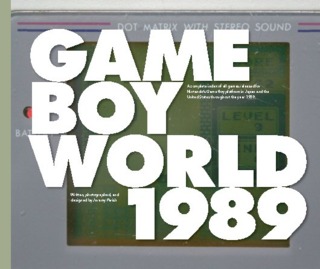
Inspired by Chrontendo, Jeremy Parish (Editor-in-Chief of USGamer, also known as Gamespite and ToastyFrog elsewhere) leveraged his own considerable background in discussing older video games, including his beloved Metroidvanias, into Game Boy World: a video chronogaming project that covers Nintendo's fledgling portable system. Parish is every bit as invested in Dr. Sparkle in as tracking down as much information, and providing as much of a comprehensive video review, of each game in his project's purview. With every video is an accompanying blog post on his Game Boy World site, which also highlights the games of his upcoming videos. In addition, he is focused on making the series as authentic as possible, to the extent that he uses a convoluted method to record video game footage direct from his own copies of the games - via a Super Game Boy hooked into a SNES with a CRT television - and photographs each game's case to a semi-professional standard to accompany his footage and text. It's a testament to his stickler nature that he goes to this much trouble for what are often forgettable puzzle games following in the footsteps of early Game Boy successes Tetris and Sokoban (Boxxle).
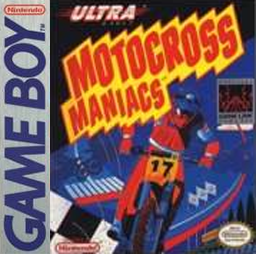
Game Boy World's most prevalent subject matter is the aforementioned emphasis on puzzle games and the suitability of certain genres for the system. It became clear to developers and consumers alike over time that the device was a better fit for some genres and not for others; attempts to recreate NES games on the platform, for instance, usually resulted in lemons that often failed to account for the Game Boy's smaller screen and more modest specifications, as evinced by Parish's less-than-glowing accounts of Konami's Castlevania: The Adventure, Culture Brain's Ninja Boy and Nintendo's own Baseball. Meanwhile, Tetris became a giant hit for the system, and many more puzzle games were either brought out of mothballs from developers' back catalogs or conceived specifically for the system in order to meet the demand for similar brainteasers. Puzzle games represented the sort of genre that the portable system was best suited for: games that could get away with being graphically underwhelming and were ideal for incremental play sessions. Parish also doesn't spare the rod for the many early turkeys for the system, which were often a combination of cynical licensed quickie cash-grabs and incompetence with the unfamiliar new format.
Game Boy World's format is a little more specific: Each video covers a single game, or in some cases two or three very similar games released around the same time, and expounds on its subject for around 5-20 minutes. As of this blog, Parish has completed the Game Boy library of 1989 (twenty five games) and the first half of 1990 (forty games), and has been focused on an ebook compilation of his writings and photography for the games released in the former year. He intimates that Game Boy World will resume with the second half of 1990 later this year. Parish has also embarked on a "Good Nintentions" video series, which looks at first-party NES games and their importance, and his "Metroidvania Chronicles" video series, which intends to cover the misunderstood sub-genre and the vintage games that led to its inception.
The CRPG Addict

I've only semi-recently been introduced to The CRPG Addict's work, but it's one of the most comprehensive sources of information on CRPGs you're likely to find, on top of being an entertaining look at one man's Sisyphean task to make sense of a bunch of hopelessly oblique and antiquated RPGs from the early 80s. Each game receives an immense amount of scrutiny, up to and including the author Chester Bolingbroke's detailed G.I.M.L.E.T. scoring system, and the level of rumination is matched only by Chester's wellspring of patience. It's clear he has a lot of affection for the genre, enough for a project of this size, even for as inaccessible as its older entries can be both conceptually and technologically. That's before you factor in the number of foreign-language games and those exclusive to arcane home computers like the Atari 400/800, the TSR-80 and (most recently) the Heathkit H8 he's since added to his checklist.
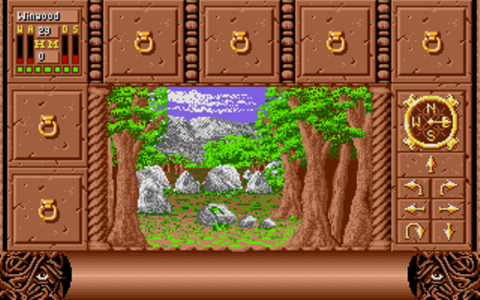
While big-sellers of the era like Origin Systems' Ultima, Sir-tech's Wizardry, New World Computing's Might and Magic and SSI's Gold Box series often rate highest in his estimations he'll every so often uncover a hidden gem tucked away on some forgotten database (to my chagrin, he only uses MobyGames and Wikipedia for his research, so lacking is our own wiki for PC RPGs), and each entry is filled with screenshots and explanations for how the game's features and mechanics work and whether or not he is enjoying the experience. Unless a game is short enough to be completed in the three days between blog entries, he'll go on with several additional updates on his progress and the difficulties he's facing. Each game gets as close to fully complete as the author can tolerate, and each game's string of articles feels like a highlight reel of what are often 30, 40 hour-plus playthroughs. More recently, Chester has also focused more the history behind each game, discussing what the developers did next and reaching out to the developers for interviews.
Presently, the CRPG Addict has been alternating between two discrete lists of CRPGs: in his normal chronology, he's worked his way up to 1991 and the earliest PC CD-ROM RPGs, as well as the heyday of the Amiga and Atari ST in Europe, while his second list includes all the games he initially missed when he was focused purely on DOS-based releases during the early stages of the blog, which is currently somewhere back in 1985. He hopes that the two lists will eventually catch up with one another, but for the time being it offers visitors to the site glimpses into two distinct eras of CRPG history: one filled with popular games of the 16-bit computer era, such as Eye of the Beholder and Gateway to the Savage Frontier, and another with a cavalcade of almost entirely forgotten 8-bit adventures that the Addict didn't catch his first time through, which most recently included the early Falcom PC-8801 RPG Dragon Slayer II: Xanadu.
The Bit at the End
This is by no means an exhaustive list of the chronogaming projects presently out there, many of which have been active for years: Player One Podcast's Generation 16 video series on the Sega Genesis, for example, or Kevin "Magweasel" Gifford's "I <3 the PC Engine" blog series, or the Adventure Gamer's own (eventually user-curated) spin on LPing "significant" graphic adventure games through time.
That leads us to my own take on chronogaming which, as you've probably already guessed, relates to the various Wiki Projects I've undertaken and explicated upon here on Giant Bomb. While these articles are hardly comprehensive to the same extent, I've summarily discussed the SNES/Super Famicom's many releases of 1993 and 1994 (presently working on 1995) and have covered the first two years of the PC Engine as well.
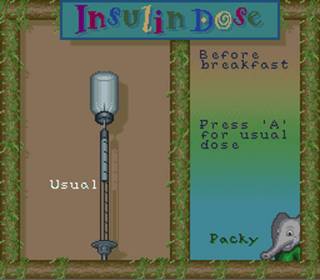
It took working on those pages and round-ups to comprehend the amount of difficulty involved in not only crafting edifying articles and videos that would properly recount every notable aspect of well-regarded and well-explored games like Super Mario World or Bonk's Adventure, but also the unenviable task of trying to come up with something, anything, to say about the vast number of kanji-heavy pachinko, shogi and mahjong games endemic to Japanese consoles. If you peruse the list of games I've added to the Giant Bomb wiki during my time working on SNES pages (here and here), you'll get a sense of how little there is to say about a sizable portion of the Super Famicom's library. I'll assure you that the PC Engine's library isn't a whole lot more exciting when taken as a whole, especially given how few of those games were deemed worthy of localization for the North American TurboGrafx-16. If nothing else, these wiki projects given me a lot more respect for the serious chronogamers out there and their expansive and quixotic undertakings.
(A little inside baseball: The alternative title for this blog was "You Take the Good, You Take the Bad, You Take Them Both and There You Have the Facts of Chronogaming", but it just didn't roll off the tongue and, besides, that's an NBC show and we're all CBS all day everyday in these parts and let's not forget it.)
